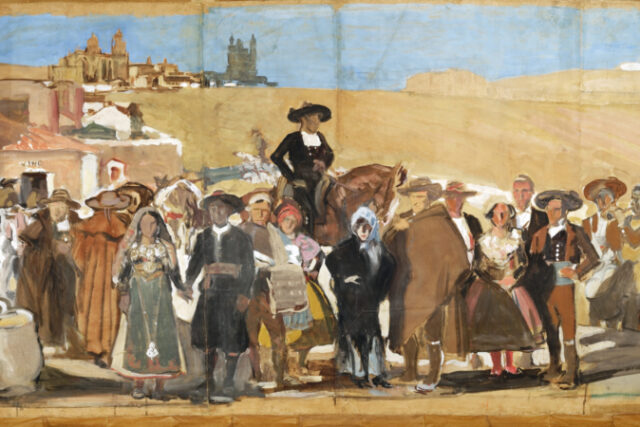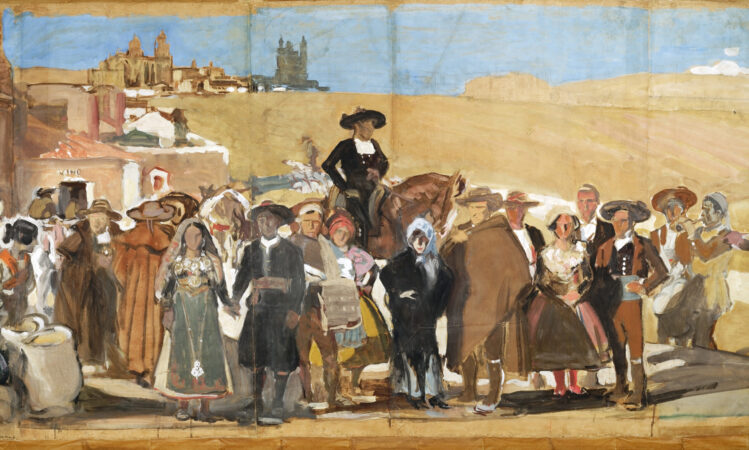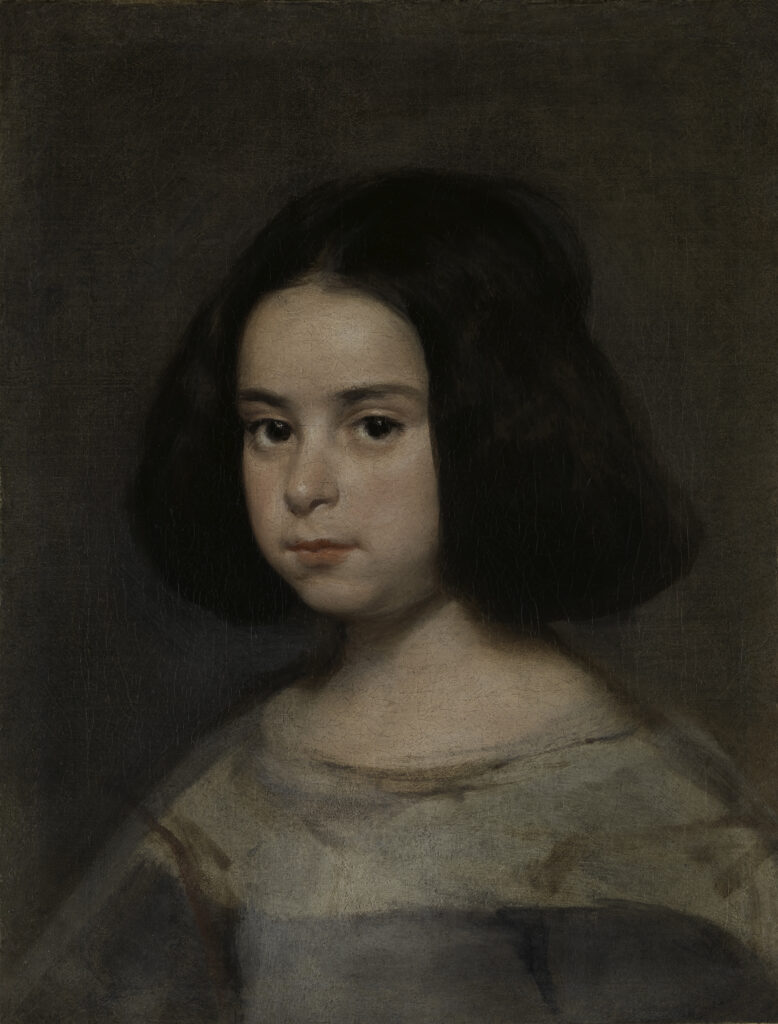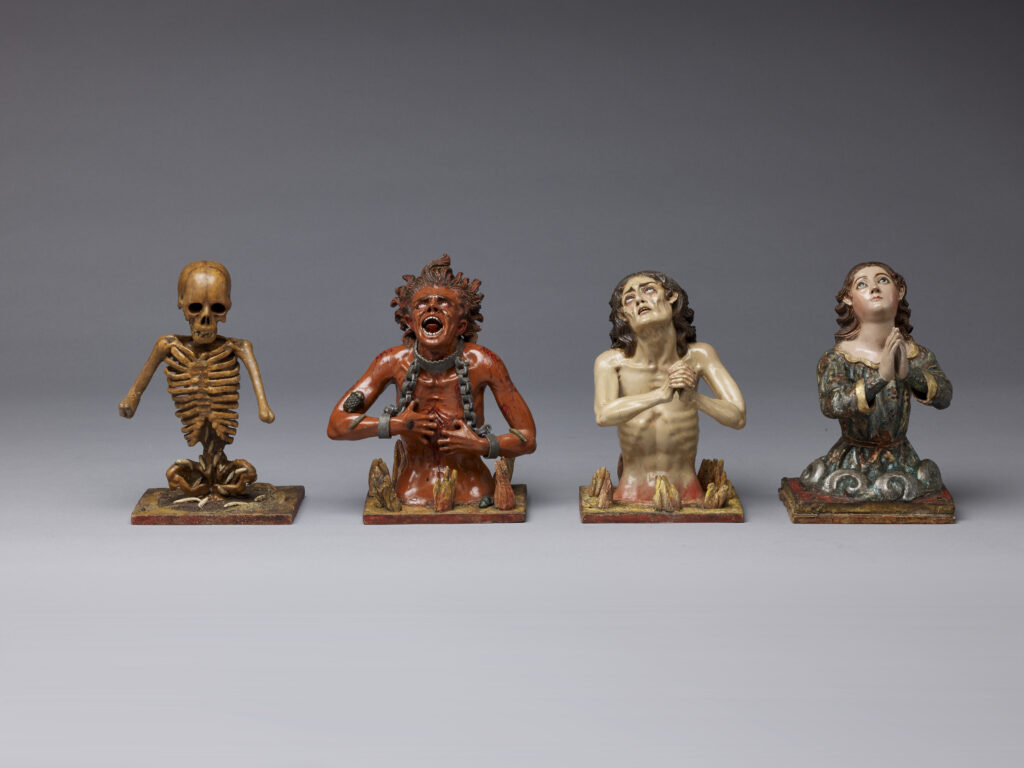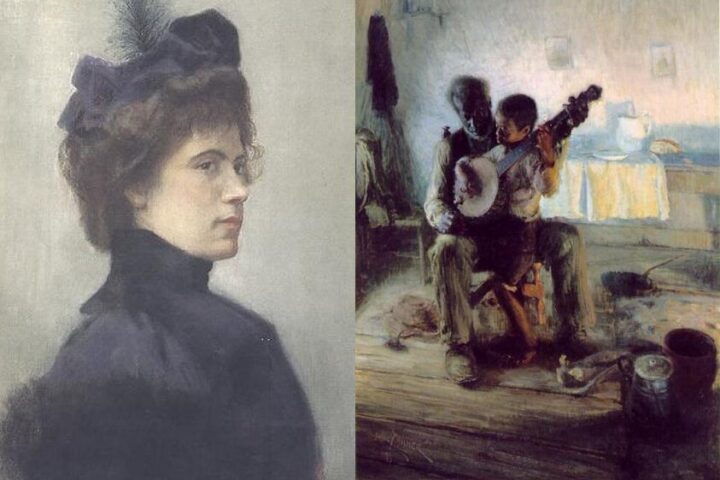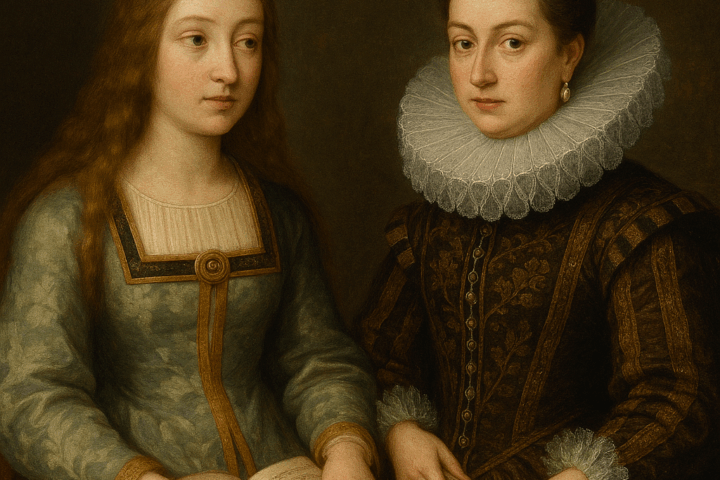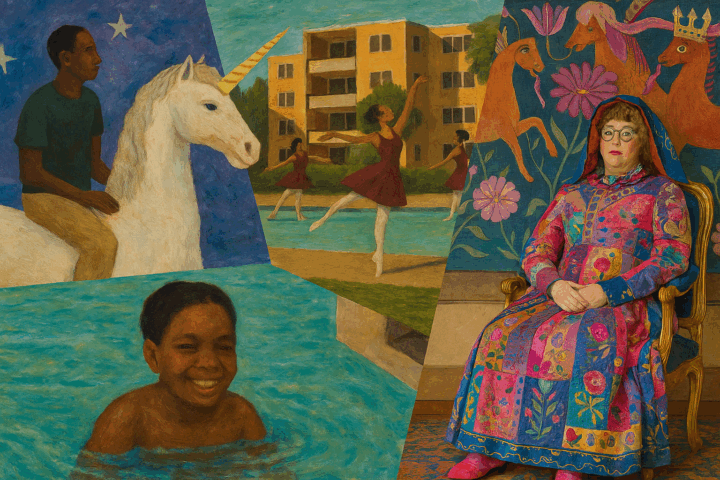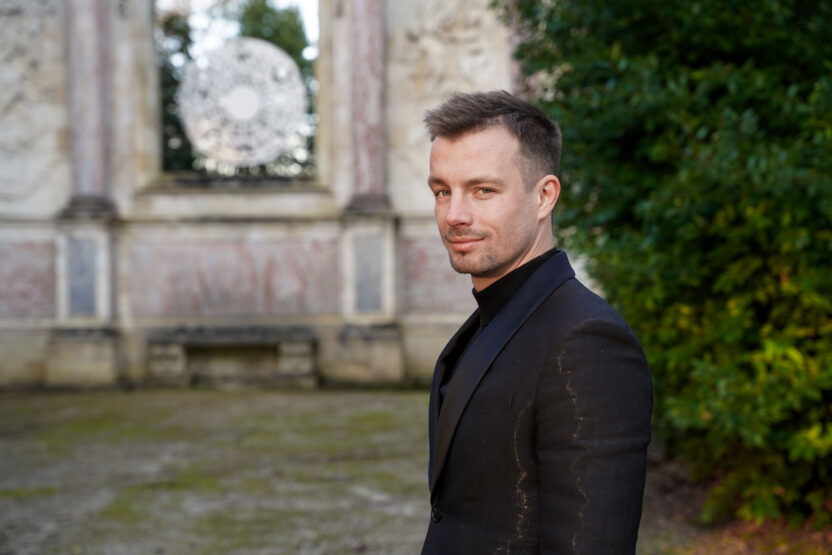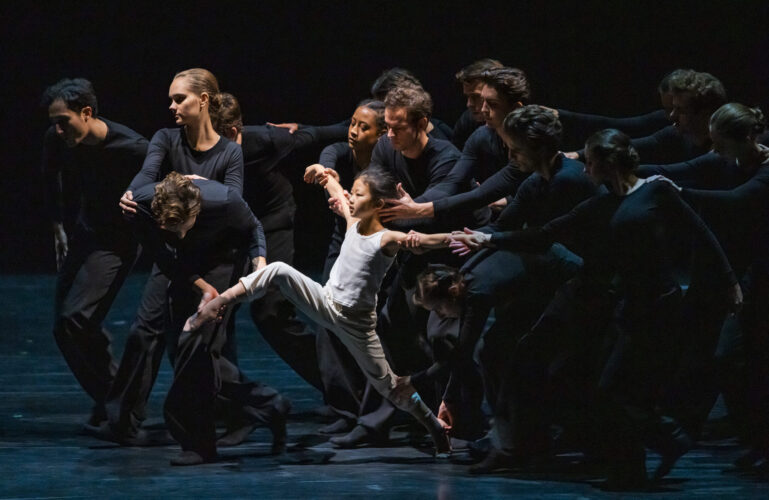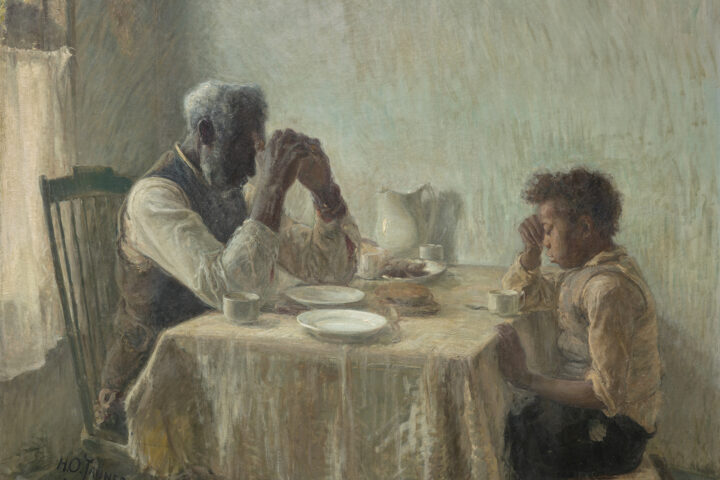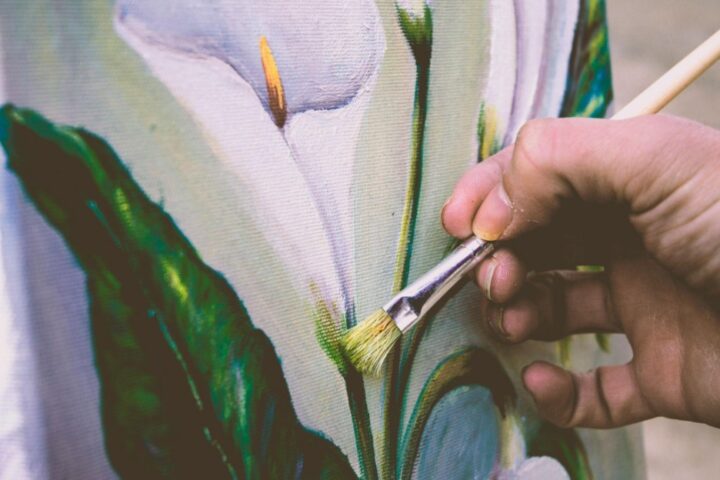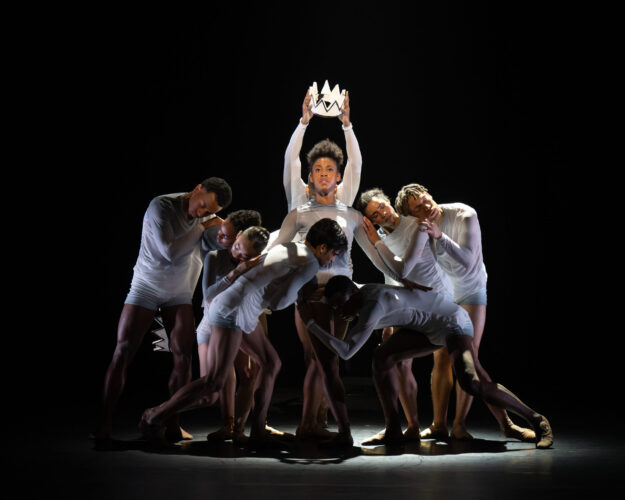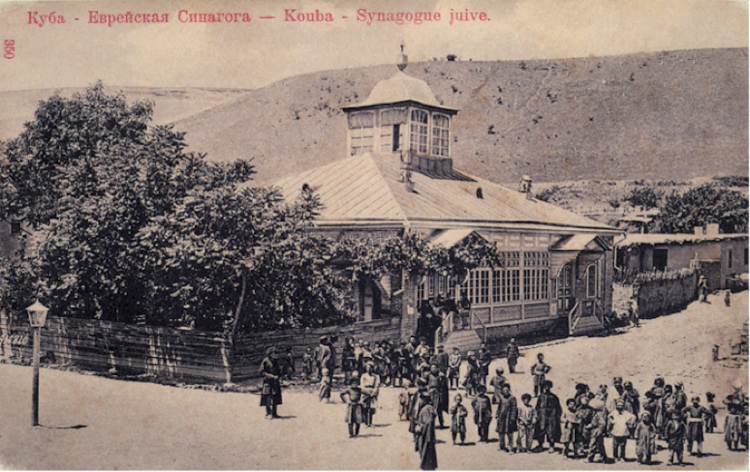A Celebration of Spanish and Hispanic Art in London
Rarely does a museum receive the pick of another gallery’s acclaimed collection and yet that is exactly what has happened at London’s Royal Academy of Arts, RA now plays host to the highlights of Manhattan’s, Hispanic Society Museum & Library’s acclaimed collection. The society is currently in the process of restoring their building. As a result, this extraordinary collection is currently housed at London’s Royal Academy and the collection includes works of some of Spain’s and the Hispanic world’s greatest artists. This exhibition underlines the fact that these regions have produced some of the greatest artists in history.
Catholic artworks
The gallery rooms at the beginning of this exhibition point out the role the Catholic Church has played throughout Spain’s turbulent history, with all the artwork here displaying beautiful religious iconography. This includes a tiny miniature of the Last Supper from Bolivia. As well as carved wood works which interestingly include the work of a female artist – Andrea de Mena. Her carving of the weeping Madonna is both beautiful and deeply moving. It captures a mother’s suffering. It’s very touching even for those who are not at all religious.
World Map of 1526 by Giovanni Vespucci
There are Mexican portraits and manuscripts, which capture the catastrophic encounters between Indigenous peoples and the invading conquistadors. Along with artefacts from the period, there is also the fascinating World Map of 1526 by Giovanni Vespucci. It is one of the most impressive nautical charts produced during the Age of Exploration. It predates North America’s discovery although territorial disputes between Spain and Portugal were already raging with regards to the lands in the South. It is perhaps not surprising that Vespucci’s map places Spain at the centre of this world, with the British Isles appearing at least here to be floating off the coast of a far more powerful Europe and of course, an empty space which North America would one day occupy. What is fascinating here is how many areas of the map in Africa are already filled in, despite the fact that many of these areas were not under Spain’s control. The map suggests a genuine curiosity about the world. Sadly, this interest had turned deadly and became a blood-stained land grab.
The Duchess of Alba by Goya
The paintings which are attracting the most attention, are those created by Spain’s artistic masters. The most famous of which of course is Francisco Goya. His celebrated painting of the Duchess of Alba, hangs majestically on one of the gallery’s walls. In this painting Goya portrays a beautiful but fiercely intelligent and independent woman who points to the ground where she is standing. In the sand is written “Solo Goya” (meaning ‘only Goya’). Whether they were lovers or not, it will never be known but the bond the two shared was obviously a strong one, which is clear to see in this powerful portrait.
Joaquin Sorolla
Contemporary paintings are also on display here including those of Joaquin Sorolla’s. His sunlit seascapes are breath taking. One painting here is so life… like you almost feel the sea breeze on your face. This is one of the most expansive collections of Iberian culture on display anywhere outside Spain. You experience pure joy seeing the work of such great artists and for the time it takes for the Hispanic Society to complete its restoration that joy can be had at London’s Royal Academy.
- 🇬🇧 Land by Rewati Shahani
- 🇫🇷 Duchesses d’Osuna et d’Alba: Dames d’influences
- 🇬🇧 Catalonia and other identities in our common home
- 🇬🇧 A Sad Day for Spain
- 🇪🇸 Mecenas y anfitrionas de salones: las duquesas de Osuna y de Alba
